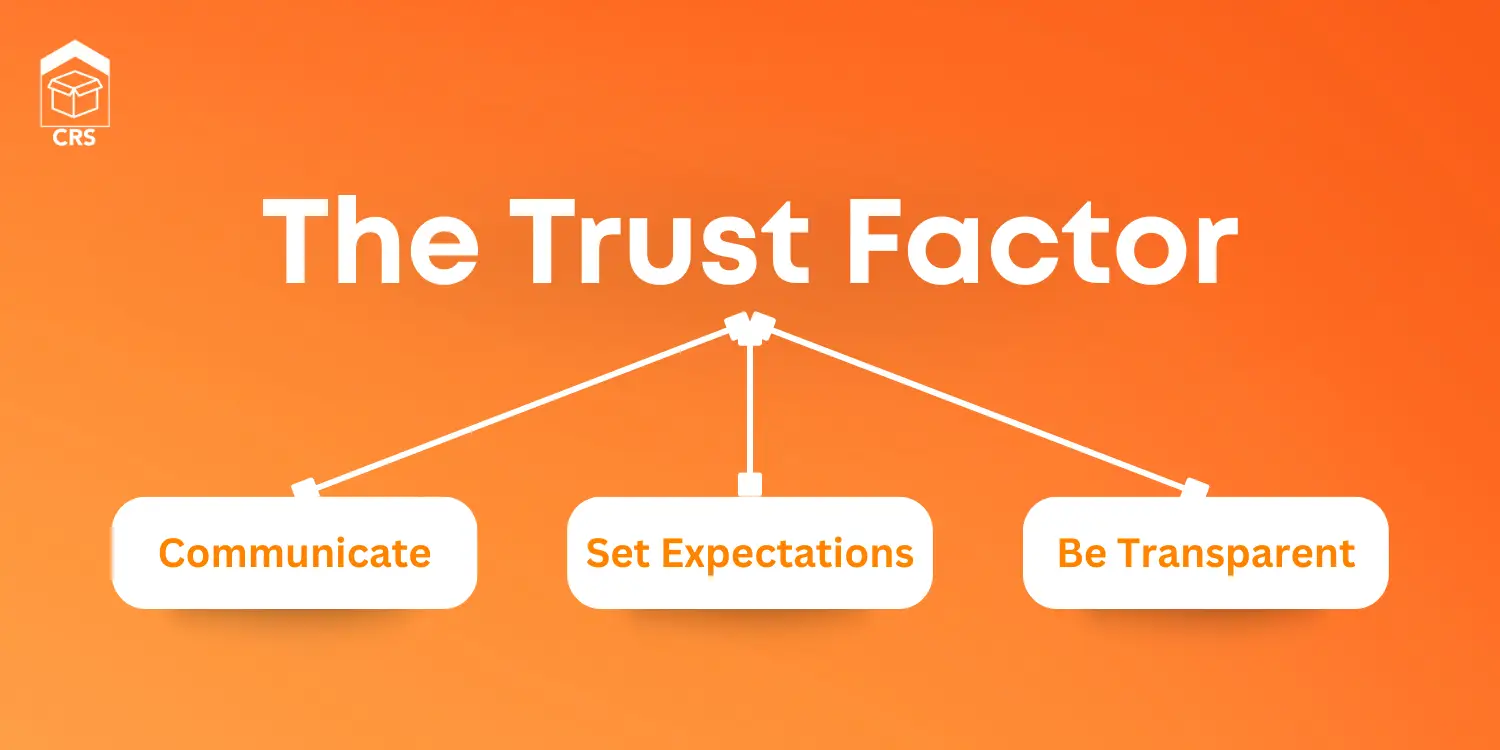In the world of home restoration and contracting, the first phone call with a homeowner can make or break the deal. It’s not just about being the most qualified or having the best rates. It’s about trust, and trust starts with that very first conversation.
Why Trust Matters More Than Ever
When homeowners reach out, they’re often in a state of stress. Maybe their home has suffered damage, maybe they’re dealing with insurance headaches, or maybe they’ve had bad experiences with contractors in the past.
Whatever the circumstance, the homeowner not just looking for someone to fix their house. They’re looking for someone who can guide them through the chaos with clarity and compassion.
That’s where The Trust Factor comes in.
What is “The Trust Factor”?

The Trust Factor is the invisible but powerful element that determines whether a homeowner chooses you over the next contractor on their list. It’s not about flashy marketing, low prices, or even years of experience (though those certainly can help). It’s about how you make people feel in the first few minutes of a conversation.
At its core, the Trust Factor is built on three pillars:
- Empathy – Showing that you genuinely care about the homeowner’s situation.
- Clarity – Communicating clearly and confidently about what comes next.
- Transparency – Being open about your process, timelines, and how you’ll work with their insurance or adjuster.
When these three elements are present, homeowners feel safe. They feel heard. And most importantly, they feel like they’re in good hands.
Think of it this way: homeowners aren’t just hiring someone to fix a roof or clean up water damage—they’re hiring someone to help them navigate a crisis. The Trust Factor is what turns that first call into a signed agreement, and that agreement into a long-term referral relationship.
Step 1: Listen First, Talk Second

Before you dive into logistics or pricing, take a moment to truly listen. Let the homeowner tell their story. Ask questions that show you care—not just about the job, but about their experience.
For example:
“I’m really sorry you’re going through this. Can you walk me through what happened?”
This simple act of empathy immediately sets you apart. It shows you’re not just a contractor, you’re a partner in their recovery.
Step 2: Set Clear Expectations
Once you’ve listened, it’s time to lead. Homeowners crave clarity. They want to know what’s going to happen next, how long it will take, and what they need to do.
Be proactive:
“Here’s what we’ll do: Our team will be on-site at 2 p.m. to assess the damage. After that, we’ll walk you through a detailed plan so you know exactly what to expect.”
This kind of communication builds confidence. It shows you’re organized, reliable, and ready to take control of the situation to both the home owner and the claims adjuster.
Step 3: Be Transparent About the Process

Homeowners often feel lost when it comes to insurance claims and restoration procedures. The process can be confusing, filled with unfamiliar terminology, and emotionally draining. That’s why one of the most powerful ways to build trust is through education and transparency.
Don’t keep them in the dark—guide them through it. Take time to explain how your team will work with their insurance adjuster, what kind of documentation you’ll provide (photos, estimates, reports), and how you’ll operate during the claims process. Let them know you’re not just there to do the work—you’re there to help them navigate the system.
This kind of transparency eliminates uncertainty. And uncertainty is the enemy of trust. When homeowners understand what’s happening and why, they feel empowered. They stop worrying about what might go wrong and start believing that things are finally under control.
The Bottom Line: People Hire People They Trust
At the end of the day, homeowners aren’t just hiring a company. They’re hiring someone they believe will treat their home with care, communicate clearly, and follow through on promises.
A little empathy, a lot of clarity, and consistent transparency can turn a stressful situation into a successful partnership.
So the next time your phone rings, remember: The Trust Factor isn’t just a tip—it’s your competitive edge.



